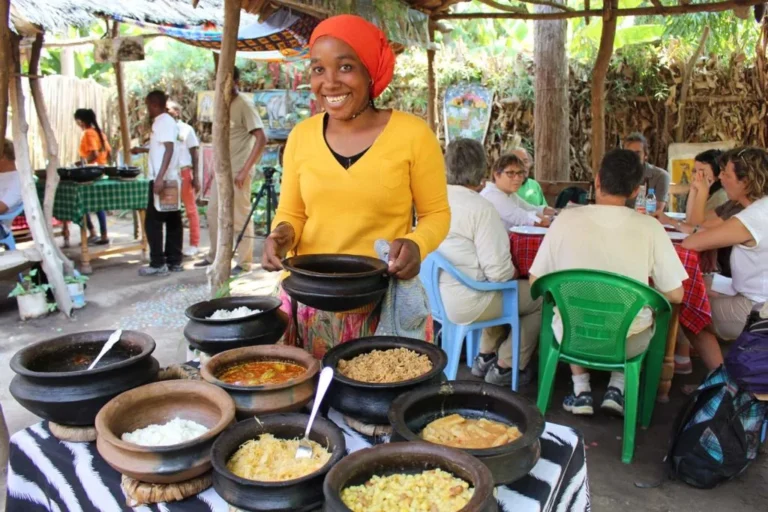Introduction: The Cuisine of Tajikistan
Tajik cuisine is an integral part of the country’s culture and history. Located in Central Asia, Tajik cuisine has been influenced by its geography, climate, and neighboring countries. The cuisine is characterized by its use of fresh produce, fragrant spices, and hearty dishes that are perfect for the country’s harsh winters.
Staple Foods: Rice and Bread
Rice and bread are the staple foods of Tajikistan, and they form the base of many dishes. Rice is often served with meat and vegetables and is flavored with spices such as cumin, coriander, and dried chili peppers. Tajik bread is made from wheat flour and is traditionally baked in a tandoor oven, giving it a unique texture and flavor.
Meat Dishes: Lamb and Beef
Lamb and beef are the most popular meats used in Tajik cuisine. They are often slow-cooked, giving them a tender and succulent texture. Popular meat dishes include qurutob, a dish made with layers of bread, meat, onions, and a yogurt sauce, and shish kebabs, skewered meat that is grilled over an open flame.
Vegetarian Options: Beans and Greens
Vegetarian options are also prevalent in Tajik cuisine. Beans are a popular protein source and are often served in stews with vegetables and spices. Greens, such as spinach and cabbage, are also used in dishes such as osh, a hearty soup made with rice, meat, and vegetables.
Flavorful Spices and Seasonings
Tajik cuisine is known for its use of flavorful spices and seasonings. Cumin, coriander, and chili peppers are commonly used to add heat and depth to dishes. Other seasonings, such as sumac and dried lime, are used to add tanginess and acidity.
Influences from Neighboring Countries
Tajik cuisine has been influenced by its neighboring countries, including Uzbekistan, Iran, and Afghanistan. This has resulted in a diverse range of flavors and dishes. For example, plov, a rice dish that is popular in Uzbekistan, is also a staple in Tajik cuisine. The dish is made with rice, meat, and vegetables, and is flavored with cumin and coriander. Iranian influences can be seen in dishes such as kofta, meatballs that are flavored with herbs and spices and served with yogurt sauce.




